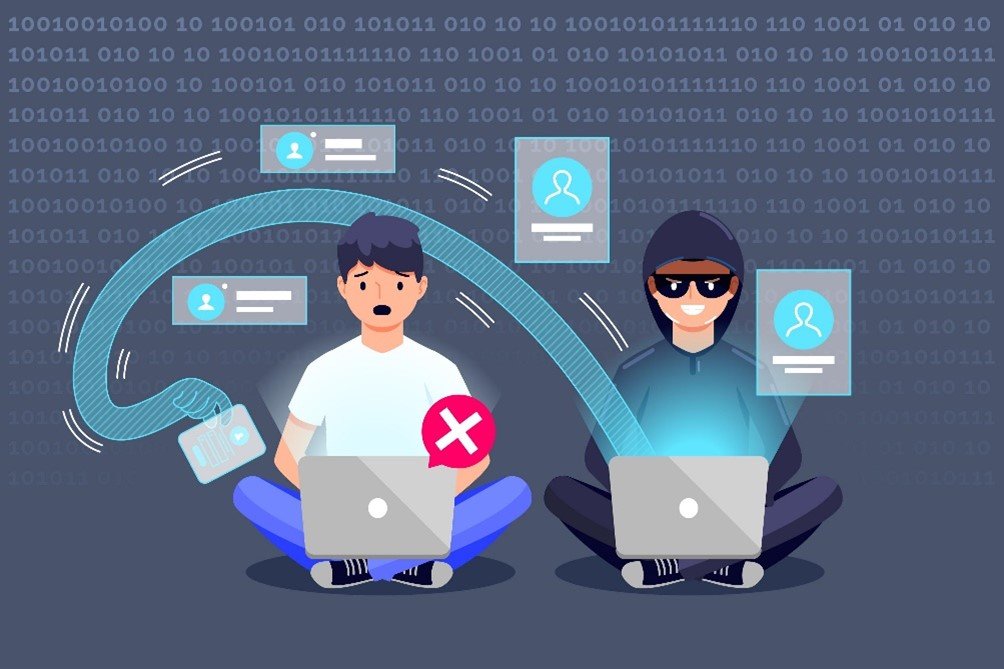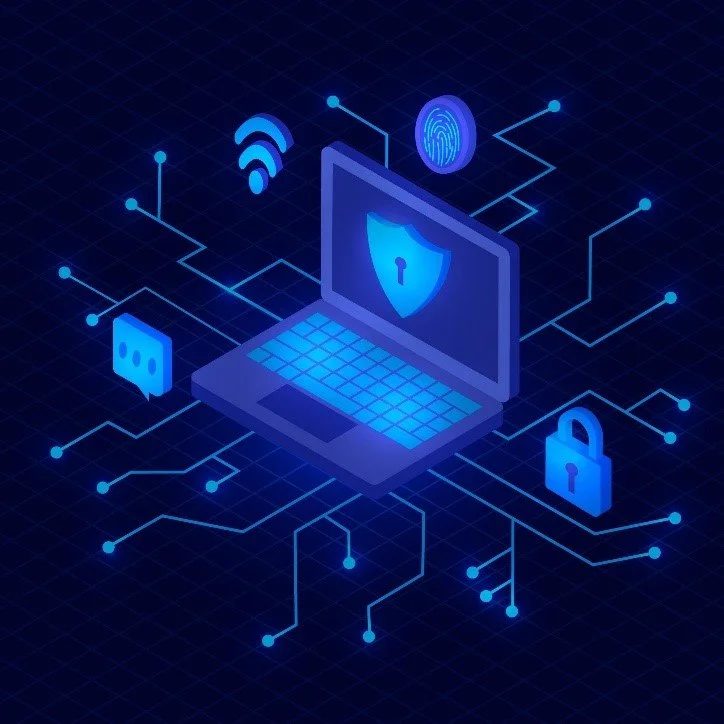How to Protect your Business from the next big Data Breach in 2022
You can greatly reduce the risk of a data breach with easy-to-implement security measures.
Running a business is difficult and comes with its own set of risks. Running your business without adequate data security puts you at even more of a risk. Many businesses today are leaving themselves vulnerable to cyberattacks. Some businesses think they are protected from the effects of cybercriminals due to only hearing big names in news reports. But the reality is, all businesses are at risk.
Cybercriminals don’t discriminate.
All business owners process or store information that is attractive to cybercriminals. In recent years, they have grown more sophisticated in their methods, targeting large and small businesses with one goal: ACCESSING SENSITIVE DATA.
Sensitive data is private information, financial records and accounts, or a new project that’s not ready for public release. This information is often sought after by competitors, and with the right price tag, criminals can be easily swayed into retrieving it.
In 2022 alone, there have been over 40 cybersecurity attacks disclosed. And this does not include the number of attacks that have gone unreported or haven’t made the news. The number of breaches continues to rise and regardless of the size of your company, it’s important to protect your critical data now more than ever.
What is a data breach and how does it happen?
There are a few definitions of a security breach, but the US Department of Justice defines it as:
“The loss of control, compromise, unauthorized disclosure, unauthorized acquisition, or any similar occurrence where (1) a person other than an authorized user accesses or potentially accesses personally identifiable information (PII) or (2) an unauthorized user accesses or potentially accesses PII for an other than authorized purpose. It includes both intrusions (from outside the organization) and misuse (from within the organization).”
To summarize, when an unauthorized person gains access to private, personal, or confidential information, a data breach has occurred. The term “data breach” also covers an instance of an employee accessing a confidential file without permission.
A data breach often occurs from a lack of or failure of a security layer within the organization. This results in the accidental or purposeful destruction, alteration, theft, or disclosure of confidential data. Smaller businesses suffer due to having fewer security protocols in place, making them easier to hack.
Data breaches can occur in several ways, and the most common types are outlined below.
Human Negligence
Humans are often a businesses’ biggest threat. A careless employee can leave confidential files, a phone, or a laptop somewhere they shouldn’t be. These errors can cost a business a lot depending on who gets their hands on the critical information.
Malware
Malicious software is a term describing any code or program that invades a system. It’s designed to infect a computer and may disguise itself as a warning. The target will click on the warning, installing a software that contaminates the computer.
Phishing
Phishing scams are one of the most common cyber-attacks used today. It involves sending a fake email, persuading the target to click on a link or download an attachment. Both the link and attachment are malicious. By clicking on them, the attacker has gained access to the target’s system.
Denial of Service (DoS)
This type of attack occurs when access to a system is interrupted. An attacker does this by sending numerous fake requests which prevents it from handling legitimate requests. This bogs the system down, rendering it useless until it can process all requests.
Consequences of a Data Breach
How a data breach occurs and what pertinent information was accessed will determine the consequences for the company. The breach can be small, such as an employee accessing his peers’ salary and threatening to sue for higher pay. Or it can be a large breach involving hackers accessing and locking down your files and demanding a ransom.
Throughout the news there have been many stories of breaches occurring that involve customer data such as names, addresses, social security numbers, and credit card numbers. A breach like this is likely to cost hundreds of thousands of dollars in lawsuits and lost business.
Being victim to a breach will also cause a hit to your reputation, and someone will most likely be losing their job. The biggest consequence that most business owners don’t consider is the amount of time it takes, to identify breaches and recover from them.
7 Ways to Protect Against a Data Breach
While it is impossible to avoid all data breaches, these seven practices will better protect your business from becoming the next victim.
1. Check your current security procedures
Discover how protected your business is by looking at your current security processes and procedures. Do you have a comprehensive cybersecurity plan?
Your cybersecurity program should include a layered approach to security. That way, if there is an attempt to attack, it can be alleviated prior to accessing your company’s critical data. If you’re unsure of where to start, enlist the help of an expert.
2. Develop a routine data backup plan
Performing backups on a regular basis will not only keep your data secure but reduce the damage caused during an attack. Create a backup schedule and recovery procedure that safeguards your critical data off-site.
3. Regularly update all software
The software for all applications, operating systems, and any other software should be updated on a regular basis. These updates are pushed out by software providers typically in response to a security vulnerability recently discovered. Keeping your software up to date will ensure your systems have the latest defenses.
4. Create strong physical security processes
Data breaches are not exclusively online. Having efficient physical security practices in place will help keep sensitive files out of the wrong hands. Your process can include storing sensitive printed documents in a locked cabinet and allowing access to only those who truly need it. Investing in a quality crosscut paper shredder can be an added measure used to destroy documents no longer needed.
5. Educate your employees
Educating is one of the most effective methods for preventing a cyberattack. Get your employees acquainted with these cybersecurity best practices.
Protect your data
Avoid unknown emails, links, and pop-ups
Use strong password protection and authentication
Keep your security software up to date
Connect to secure Wi-Fi
Welcome education and training
Education should be conducted on a continual basis. Introducing easy-to-follow training and testing will also help instill the education and reduce the risk of a breach.
6. Audit and reevaluate
Due to constant changes, it’s important to regularly reevaluate your cybersecurity program. It’s possible that the old practices you have in place are no longer effective. Performing an audit of your security measures will bring to light any missteps and put your company back on the defense.
7. Have a plan in case of a Data Breach
Despite your best efforts, your organization may still experience a mishap. Knowing how to respond quickly and efficiently may save the company millions of dollars in some situations. Create an incident response plan and specify who to notify, how to restore effected systems, and how to minimize the impact of the event.
Summary
Once you’ve implemented all 7 practices, you should expect to do them repeatedly. Data security is a continuous process that should always be considered within your business. Because cyber criminals are continuing to evolve and finding newer ways to breach, companies should strive to stay one step ahead.
To avoid becoming a victim, don’t become complacent with your cyber security. Continue to build up your defenses and stay proactive and you’ll have the best chance of avoiding a detrimental data breach.
Find out how GSec LLC can help your organization by contacting us today.


